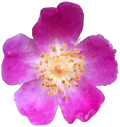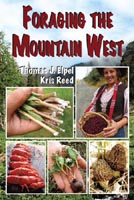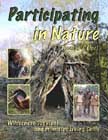| Thomas J. Elpel's Web World Portal  Wildflowers & Weeds 
|  Wildflowers-and-Weeds.com Plant Identification, Edible Plants, Weed Ecology, Mushrooms, and more. Home | Plant Identification | Plant Families Gallery | Edible Plants | Mushrooms | Links Desertification & Weed Ecology | Weed Profiles | E-Mail | Search this Site |

Equisetaceae The horsetail produces two different stalks. One is the fertile "joint-grass", the other is the sterile "horse-tail." The fertile stalk produces a cone-like structure at the top, which is covered with spore-producing scales. The spores are wrapped with small bands. These bands unwrap in dry weather to function as a parachute to carry the spores on the wind. Multiple spores frequently become entangled and travel together. The spores germinate into a thallus, cross-fertilize, then develop into a new plant. The word thallus is used to describe a plant part that is not differentiated into leaves or a stem.
Please e-mail Thomas J. Elpel to report mistakes or to inquire about purchasing high resolution photos of these plants.
There are more
Return to the Plant Families Index |
|
Looking for life-changing resources? Check out these books by Thomas J. Elpel:
|
|
|










